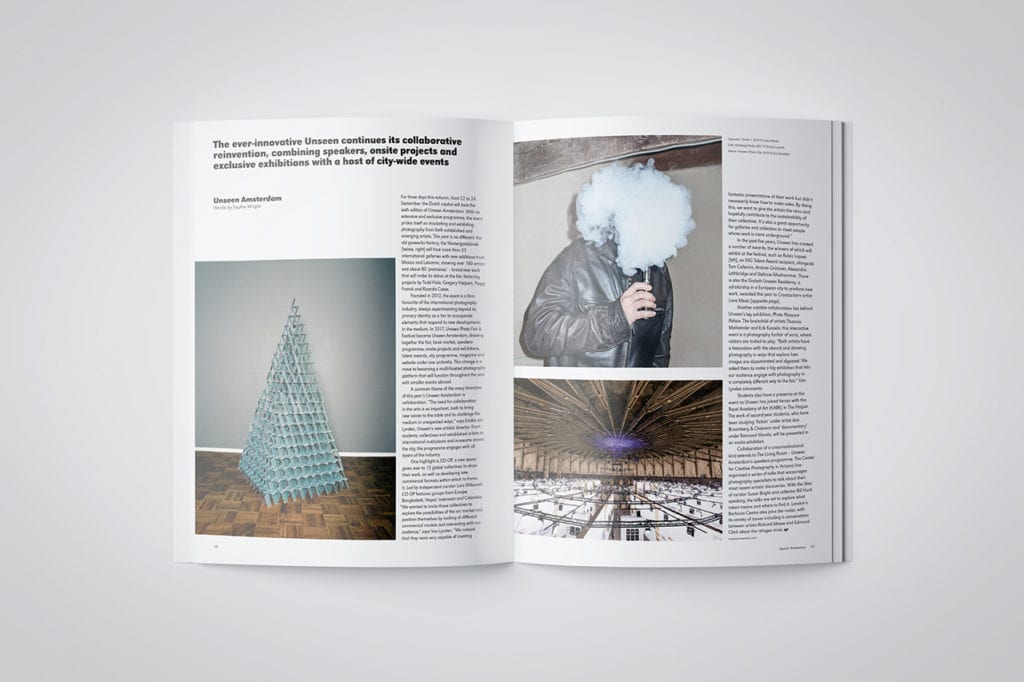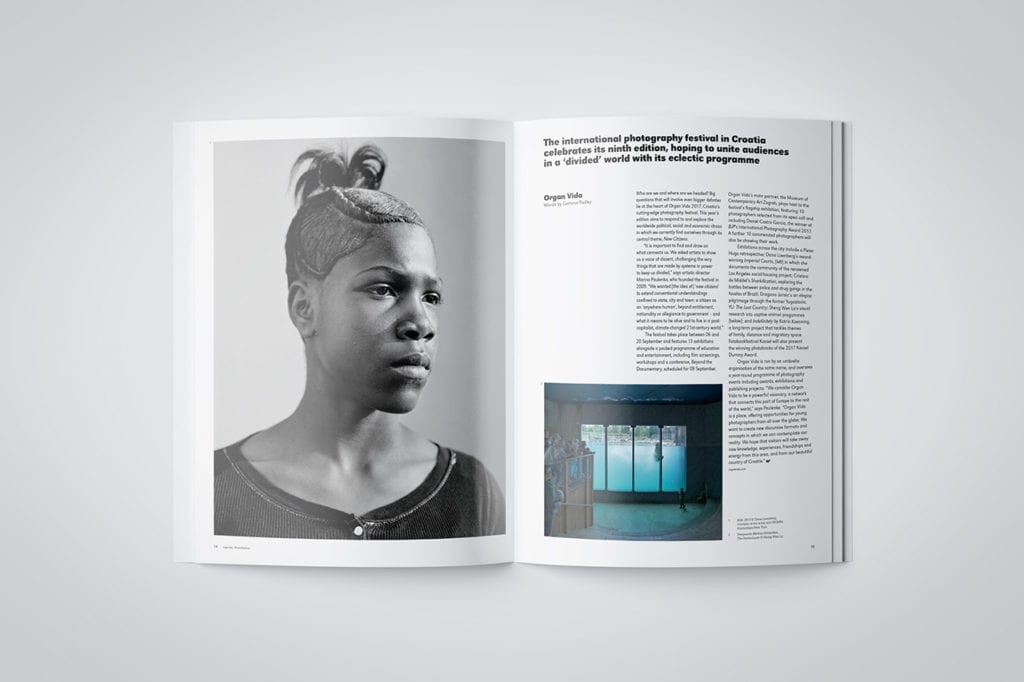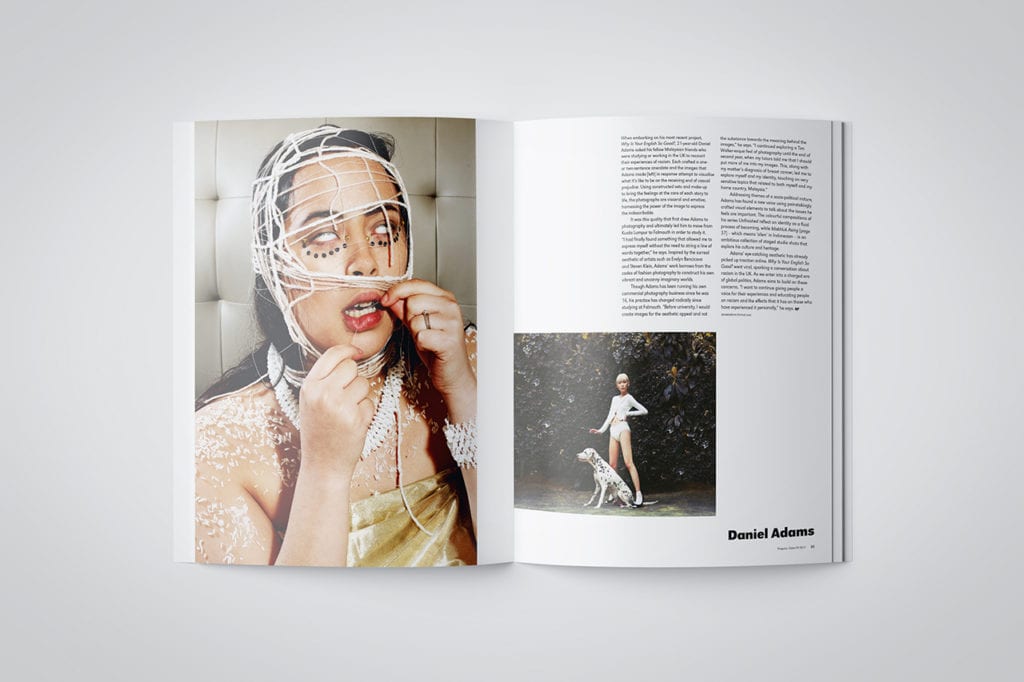Jonathan Swift, the 18th century author best-known for Gulliver’s Travels, once said “Vision is the art of seeing what is invisible to others”, and this is an apt sentiment for the latest edition of the British Journal of Photography. BJP‘s Invisible World issue, much like Swift’s novel, questions our perceptions, and reveals the hidden realities behind apparently benign or everyday scenes.
Exploring the unobserved physical and social scars of the Soviet era across Eastern Europe, the Sputnik Photos collective has crowdfunded to release its latest photobook, Fruit Garden.“These images represent the relations between human and nature. And by ‘human’, I mean the state as an oppressive machine using nature in its ideological understanding. Nature is just this innocent thing,” says Rafal Milach, one of the Sputnik founders.
The third chapter of the Lost Territories project, Fruit Garden doesn’t present simple bucolic scenes: there are barren landscapes, towering dead trees, an orchard next to a radioactive waste disposal site. Stark juxtapositions between the natural and manmade reference the troubled recent history of the area: both the land and the local people were subject to war, experimentation and displacement.
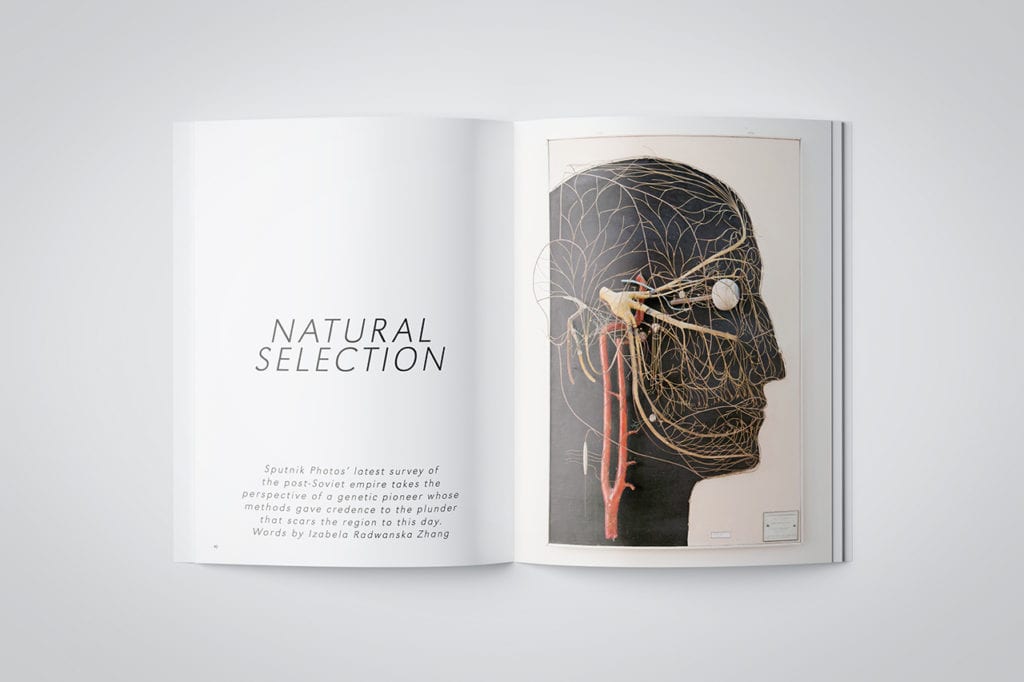
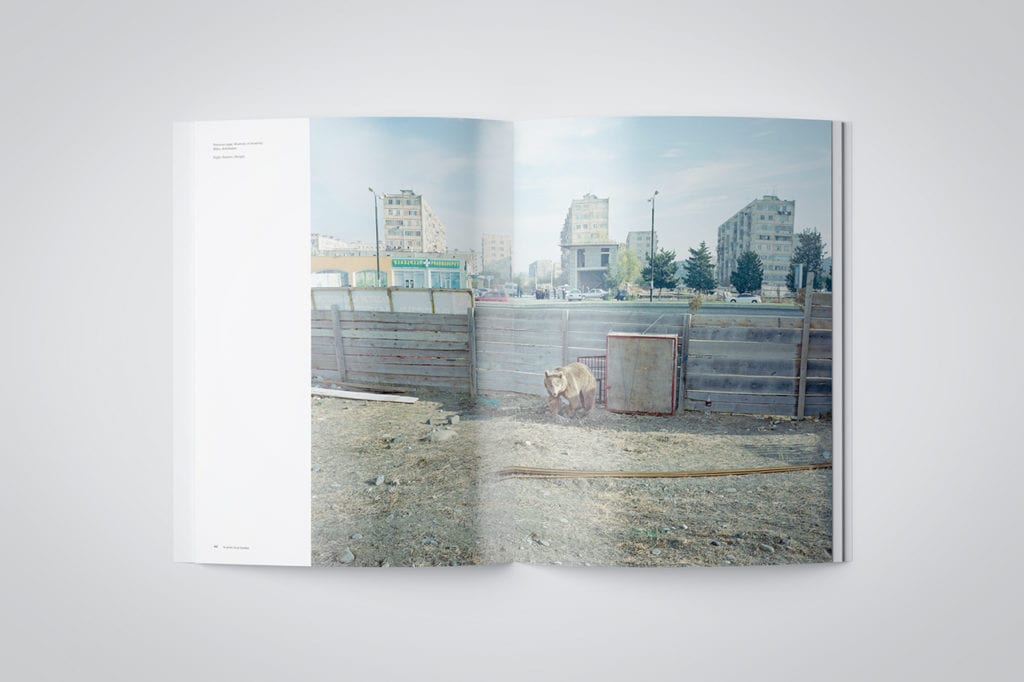
A complex geopolitical struggle, the conflict has almost precipitated civil war on several occasions. Centralia puts the onus back on the viewer to pay attention: it is an investigation and these photographs are pieces of evidence. “The adage, ‘the first victim of any conflict is the truth’, is particularly apt here,” says Basu. “The conflict, with its many actors all occupying opaque roles, has created a space with its own internal logic and landscape.”
Reclaiming their own truth and narrative, the subjects of Hoda Afshar’s new series Behold present a vulnerable image of male intimacy. Afshar, who was granted access to a male-only bathhouse, has exposed a personal and tender world that allows for free expression amidst mutual secrecy. This is a private environment, a safe haven: the men come to the bathhouse to explore their sexuality and their society.
“These are real people playing themselves; they are consciously re-enacting their everyday lives in this real environment but for my camera,” says Afshar, who has not disclosed the location of her series. In a suspended mystery, her steamy images unveil a gritty realism of taboos, social standards and physical negotiations. The photographs are confessions of each man’s wish to be seen in a different shade from in their public life. “As social beings, we all demand to be seen. We want recognition and that is partly what these images are about,” concludes Afshar.
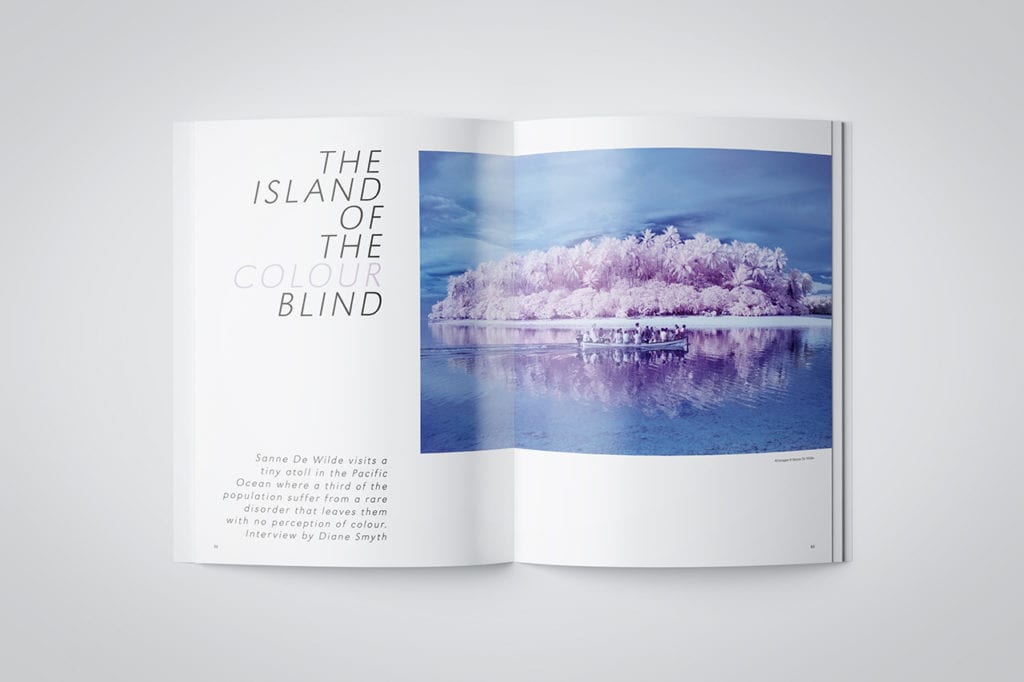
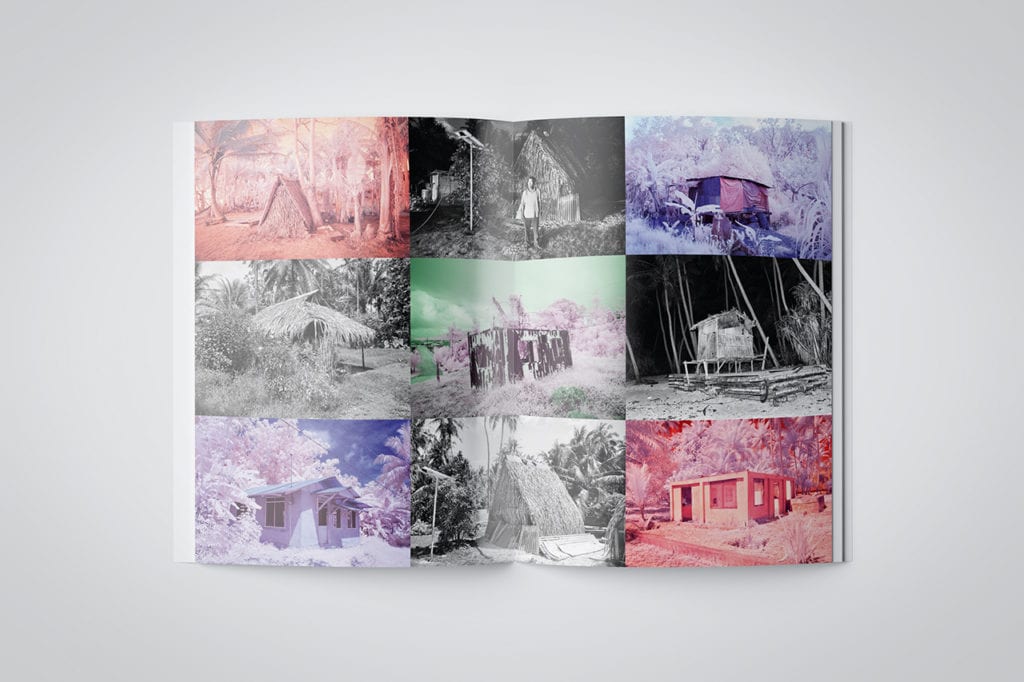
Her photoseries, which has been on display at the Rencontres d’Arles Voies Off fringe, explores the visual effects and manipulations of using black-and-white film and infrared cameras. The photographer sees her work as an ongoing visual experiment and encourages the viewer to reconsider what they consider to be the ‘right’ perception. “For me, it wasn’t about good or bad, I was just interested in different ways of seeing,” she says. “I wanted to find ways to integrate unexpected ways of looking at things.”
Plus, we feature projects from undergraduates Luke Richards, Omar Khaleel, Ollie Ma’, Daniel Adams and Jack Orton, exploring contemporary issues from identity to racism, plus we preview some of the best photo festivals of the autumn, including shows in Oxford, Croatia and Amsterdam.
Our latest issue, Invisible World, is available to buy now from The BJP Shop. Find it in the App Store from 1 August and in shops from 2 August.
